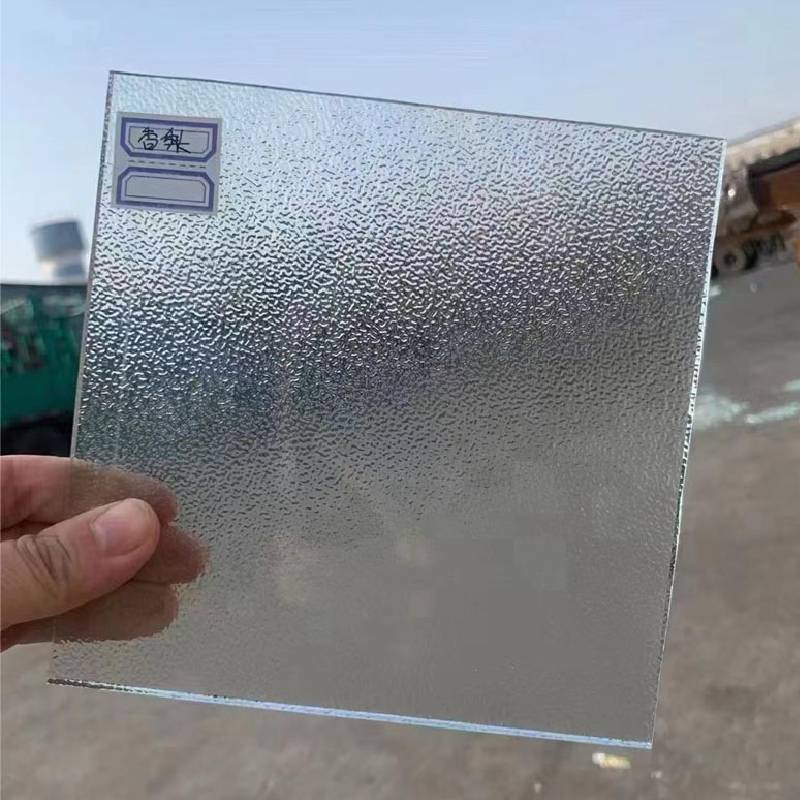Understanding Tinted Glass What It Means and Its Applications
Tinted glass refers to glass that has been treated or manufactured to have a specific level of color or shade, resulting in reduced light transmission. This process can involve adding pigments during the glass-making process or applying films or coatings after production. The primary reasons for tinting glass are to enhance privacy, reduce glare, improve energy efficiency, and provide aesthetic appeal in architectural and automotive applications.
Types of Tinted Glass
Tinted glass is available in various types, depending on the level of tint and the method of application. Common types include
1. Float Glass This is the most basic type of glass that can be tinted during its production phase. The tint is created by adding metal oxides which can give the glass a green, blue, bronze, or gray hue.
2. Laminated Glass This type of glass consists of two or more layers of glass with an interlayer that can be tinted. Laminated tinted glass is often used for safety glass as it holds together when shattered.
3. Tempered Glass Often used in applications that require increased strength, tempered glass can also be manufactured with a tint, making it a popular choice for architectural design.
4. Film-Tinted Glass This involves applying an adhesive film to the surface of regular glass. This method is often more cost-effective and allows for varied levels of tinting based on consumer preference.
Benefits of Tinted Glass
1. Privacy One of the most immediate benefits of tinted glass is increased privacy. In residential and commercial buildings, tinted windows can obscure the view from outside, reducing the ability for passersby to see indoors while still allowing occupants to enjoy natural light.
what is meant by tinted glass
2. UV Protection Tinted glass can block a portion of harmful ultraviolet (UV) rays from the sun. Prolonged exposure to UV light can fade furniture, carpets, and other interior decorations. By using tinted glass, individuals can protect their investments and maintain vibrant indoor colors.
3. Glare Reduction In areas with significant sunlight, glare can make it difficult to see screens, read, or engage in various activities. Tinted glass helps mitigate this issue by reducing the intensity of sunlight entering a space.
4. Energy Efficiency Tinted windows can contribute to energy savings. By reducing heat gain from sunlight, they can help maintain a stable indoor temperature. This potentially lowers cooling costs during hot weather, making tinted glass a popular choice for residential and commercial buildings aiming for energy efficiency.
5. Aesthetic Appeal The appearance of tinted glass can enhance the overall look of a building or vehicle. With a variety of colors and intensity levels available, architects and designers can select tinted glass to complement their designs, creating a sleek and modern appearance.
Considerations When Choosing Tinted Glass
While tinted glass offers numerous benefits, there are several factors to consider when selecting the right type. For instance, the level of tint should match the specific needs of the space. Too dark of a tint may hinder natural light, while insufficient tinting may not provide adequate privacy or glare reduction.
Additionally, local building codes and regulations may dictate particular requirements for tinted windows, especially in residential housing. It is essential to verify compliance with any relevant laws before installation.
Conclusion
In conclusion, tinted glass serves more than just an aesthetic purpose; it provides significant functional benefits such as privacy, UV protection, glare reduction, and energy efficiency. Whether used in homes, commercial buildings, or vehicles, tinted glass is a versatile and valuable material. Understanding the various types, benefits, and considerations associated with tinted glass can help consumers make informed decisions that enhance their comfort, safety, and style. As architectural design continues to evolve, tinted glass will likely remain a key component in creating dynamic and effective space solutions.
 Afrikaans
Afrikaans  Albanian
Albanian  Amharic
Amharic  Arabic
Arabic  Armenian
Armenian  Azerbaijani
Azerbaijani  Basque
Basque  Belarusian
Belarusian  Bengali
Bengali  Bosnian
Bosnian  Bulgarian
Bulgarian  Catalan
Catalan  Cebuano
Cebuano  Corsican
Corsican  Croatian
Croatian  Czech
Czech  Danish
Danish  Dutch
Dutch  English
English  Esperanto
Esperanto  Estonian
Estonian  Finnish
Finnish  French
French  Frisian
Frisian  Galician
Galician  Georgian
Georgian  German
German  Greek
Greek  Gujarati
Gujarati  Haitian Creole
Haitian Creole  hausa
hausa  hawaiian
hawaiian  Hebrew
Hebrew  Hindi
Hindi  Miao
Miao  Hungarian
Hungarian  Icelandic
Icelandic  igbo
igbo  Indonesian
Indonesian  irish
irish  Italian
Italian  Japanese
Japanese  Javanese
Javanese  Kannada
Kannada  kazakh
kazakh  Khmer
Khmer  Rwandese
Rwandese  Korean
Korean  Kurdish
Kurdish  Kyrgyz
Kyrgyz  Lao
Lao  Latin
Latin  Latvian
Latvian  Lithuanian
Lithuanian  Luxembourgish
Luxembourgish  Macedonian
Macedonian  Malgashi
Malgashi  Malay
Malay  Malayalam
Malayalam  Maltese
Maltese  Maori
Maori  Marathi
Marathi  Mongolian
Mongolian  Myanmar
Myanmar  Nepali
Nepali  Norwegian
Norwegian  Norwegian
Norwegian  Occitan
Occitan  Pashto
Pashto  Persian
Persian  Polish
Polish  Portuguese
Portuguese  Punjabi
Punjabi  Romanian
Romanian  Russian
Russian  Samoan
Samoan  Scottish Gaelic
Scottish Gaelic  Serbian
Serbian  Sesotho
Sesotho  Shona
Shona  Sindhi
Sindhi  Sinhala
Sinhala  Slovak
Slovak  Slovenian
Slovenian  Somali
Somali  Spanish
Spanish  Sundanese
Sundanese  Swahili
Swahili  Swedish
Swedish  Tagalog
Tagalog  Tajik
Tajik  Tamil
Tamil  Tatar
Tatar  Telugu
Telugu  Thai
Thai  Turkish
Turkish  Turkmen
Turkmen  Ukrainian
Ukrainian  Urdu
Urdu  Uighur
Uighur  Uzbek
Uzbek  Vietnamese
Vietnamese  Welsh
Welsh  Bantu
Bantu  Yiddish
Yiddish  Yoruba
Yoruba  Zulu
Zulu 

